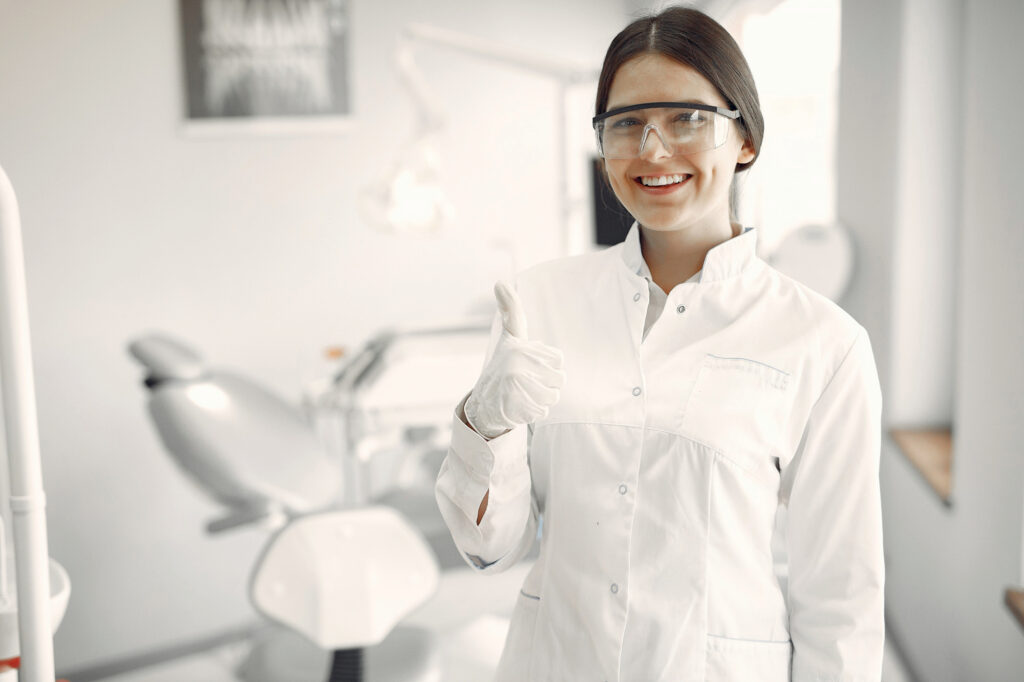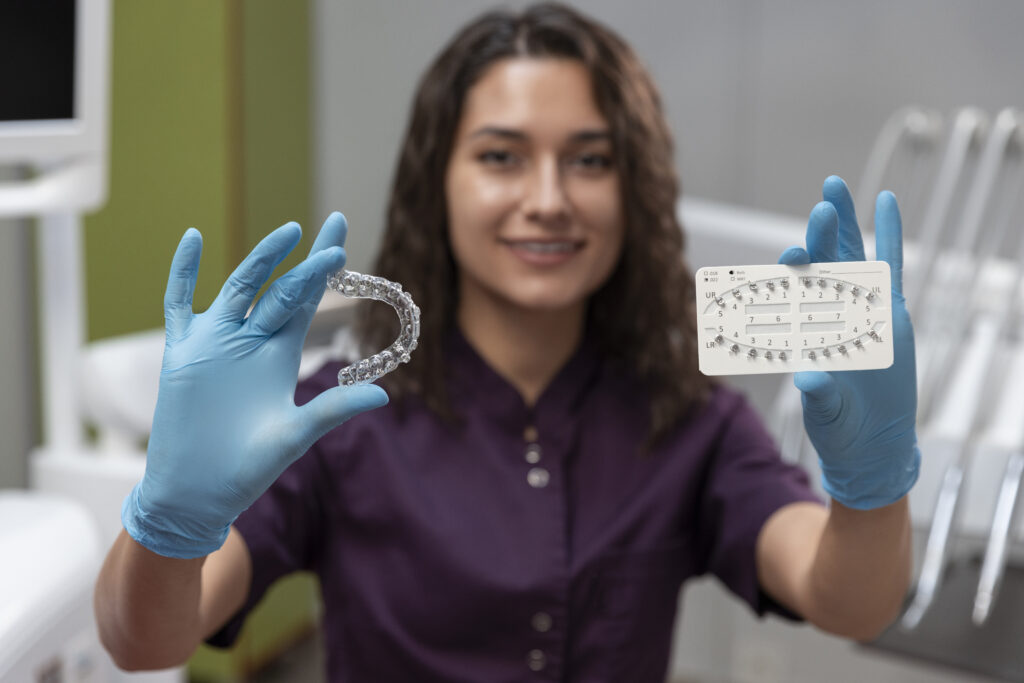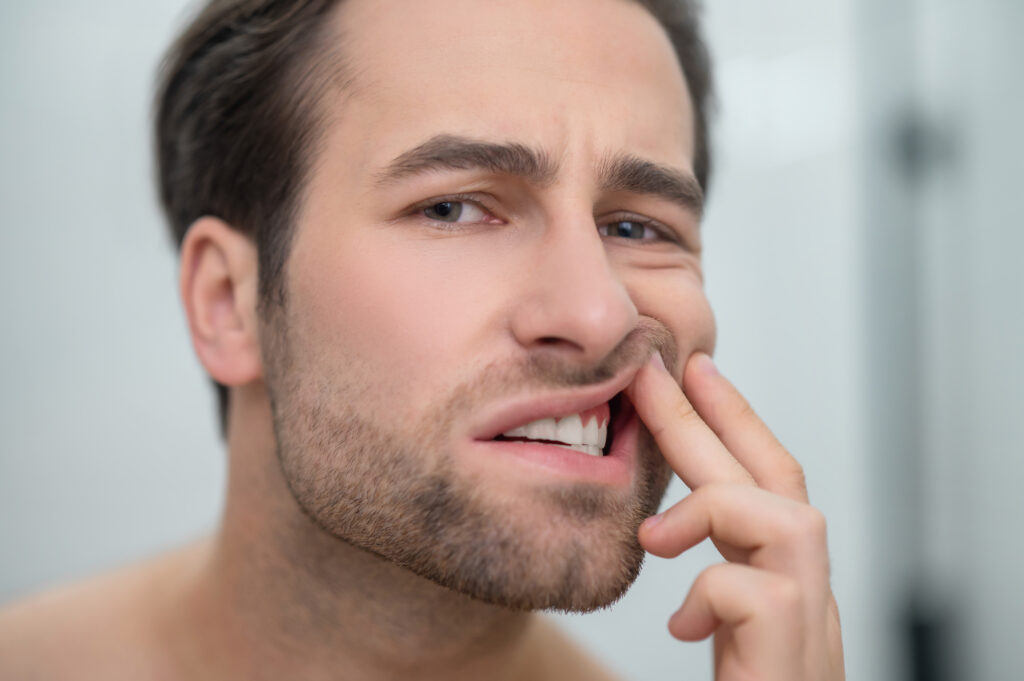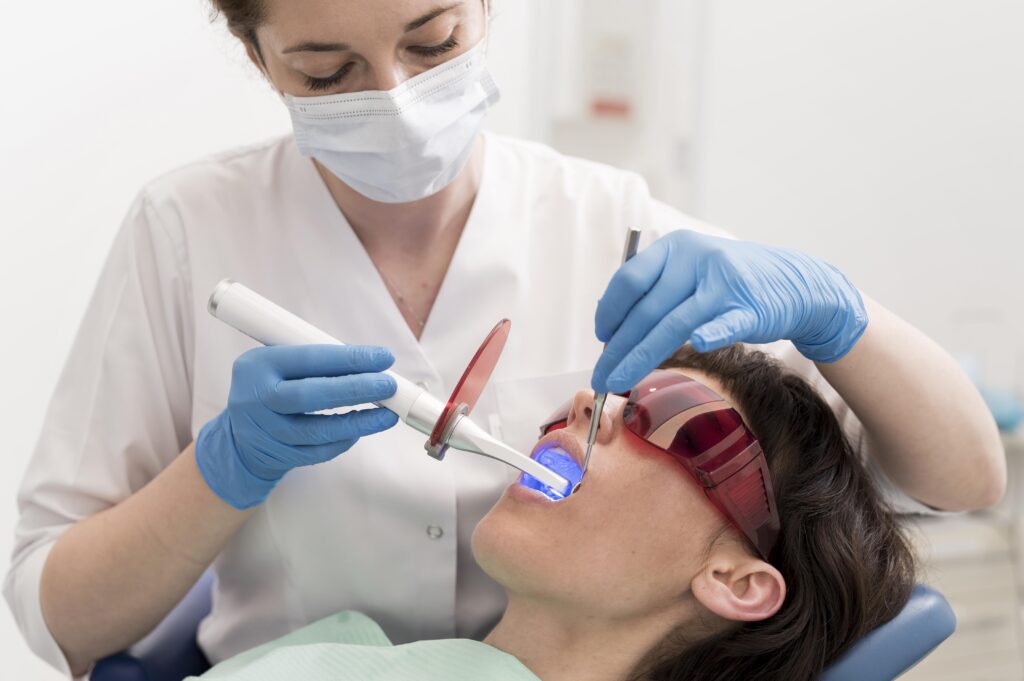Patient and provider safety is the foundation of effective dental care. The use of reliable and proven safety protocols in dental settings ensures that everyone remains safe, healthy, and confident during every procedure. Today, let’s explore how safe practices in the dental industry protect both patients and dental professionals, reduce risks, and maintain trust in dental services.
Importance of Safe Practices in the Dental Industry
The dental environment presents unique challenges because of close physical contact, sharp instruments, and possible exposure to infectious agents. That’s why safe practices in the dental industry are more than just recommendations—they are strict requirements. By following established safety protocols, dental clinics help reduce cross-contamination, infection risks, and accidental injuries.
Patient Protection Starts at the Door
Patients first encounter safety measures upon entering the dental office. Many clinics use screening questions and temperature checks to quickly identify potential health risks. Hand sanitizing stations are commonly available, and waiting areas are arranged to promote physical distancing. Surfaces in reception and common areas are cleaned and disinfected regularly throughout the day.
Infection Control Measures
At the heart of dental safety is infection control. Staff routinely wear masks, gloves, and eye protection when interacting with patients. Dental professionals clean their hands before and after every patient. Instruments used during dental treatments are sterilized using high-temperature autoclaves or are disposable when possible. Every tool is either freshly sterilized or safely discarded after a single use.
Use of Personal Protective Equipment (PPE)
Personal protective equipment creates a barrier against germs and contaminants. Masks help prevent the spread of droplets, while gloves protect hands from direct contact with saliva or blood. Face protection or goggles protect the eyes from sprays and splashes throughout procedures. Wearing PPE is a standard protocol for both routine cleanings and complex surgeries.
Proper Instrument Sterilization
Sterilization is one of the most important safe practices in the dental industry. Instruments go through thorough cleaning, then are treated with pressurized steam in autoclaves. Packages are labeled with indicators that change color when proper sterilization is achieved. Staff members receive ongoing training to make sure sterilization equipment is maintained and monitored.
How Dental Protocols Safeguard Professionals
Dental professionals are exposed to many of the same risks as patients, along with additional hazards due to the nature of their work. Protective protocols are designed not just for patient health but to help keep dentists, hygienists, and support staff healthy as well.
Reducing Occupational Hazards
Needlestick and Sharps Safety
Handling sharp instruments comes with risk. Safety protocols require the use of puncture-resistant containers for needles and other sharps. Staff are trained to never recap needles by hand, and used blades or burs are carefully disposed of in sealed containers. By minimizing direct handling, the risk of accidental injuries is lowered.
Airborne and Droplet Precautions
Dental procedures frequently produce aerosols, which can contain bacteria and viruses. To reduce airborne hazards, high-volume suction devices and air filtration systems are commonly used. Dental professionals may also schedule longer intervals between appointments to allow aerosols to relax and surfaces to be disinfected.
Chemical and Material Safety
Dental offices use cleaning solutions, disinfectants, and dental equipment that can be dangerous if not handled correctly. Safety Data Sheets (SDS) are available for every product. Staff receive training on proper storage, use, and disposal of chemicals to prevent skin, eye, or respiratory exposure.
Continuous Training and Education
Safe practices in the dental industry require ongoing learning. Dental professionals regularly participate in safety training to stay current on new protocols, technology, and regulations. This training includes emergency response, proper PPE usage, and updates on infectious disease prevention. Regular drills and refresher courses keep the whole team alert and ready.
Reporting and Managing Incidents
If an accident or exposure occurs, immediate action is taken. Dental clinics have reporting systems for injuries, exposures, or near misses. Prompt reporting allows quick medical evaluation and helps clinics analyze the cause, so procedures can be adjusted to prevent future incidents.
The Role of Communication and Patient Education
Clear Communication Builds Trust
Patients may have safety concerns when visiting the dentist. Clear, honest communication helps reassure them. Dental teams explain the safety steps they follow and answer questions about protocols. Written information and visual guides in waiting areas can also help patients understand what to expect.
Involving Patients in Safety
Patients play a role in safe practices in the dental industry, too. They are encouraged to share their health history, allergies, and recent travel or illness information. Patients should always speak up if they notice something unusual or if they feel unwell during a visit.
Promoting Good Hygiene Habits
Dental professionals provide guidance on proper oral hygiene, which helps keep patients healthy between visits. Good home care reduces the risk of infection, gum disease, and complications during dental treatments. Safe practices extend beyond the clinic walls and into daily habits.
The Future of Safe Practices in the Dental Industry
The dental field continues to evolve with new technology and research. Digital check-ins, virtual consultations, and improved sterilization techniques make dental care safer and more efficient. Enhanced ventilation, touchless payment systems, and advanced PPE are becoming more common. Regular reviews and updates to protocols ensure that clinics keep pace with changing risks and continue to protect everyone involved.
Embracing Innovation
New materials and instruments that are easier to disinfect or designed for single use help raise the standard for dental safety. The use of digital imaging and recordkeeping also reduces the need for physical contact and paper handling.
Ongoing Vigilance
Maintaining safe practices in the dental industry is a continuous process. Regular audits, staff feedback, and patient surveys help identify opportunities for improvement. By staying alert and responsive, dental clinics foster a safe environment where everyone can focus on good oral health.





